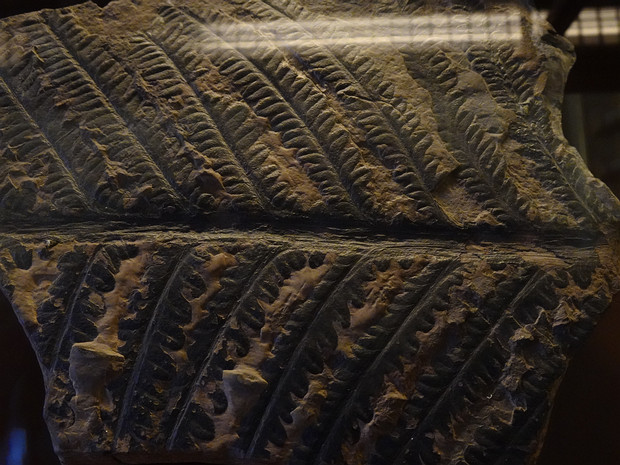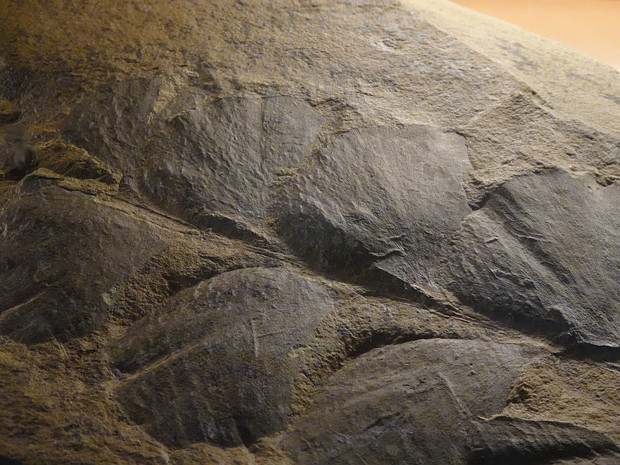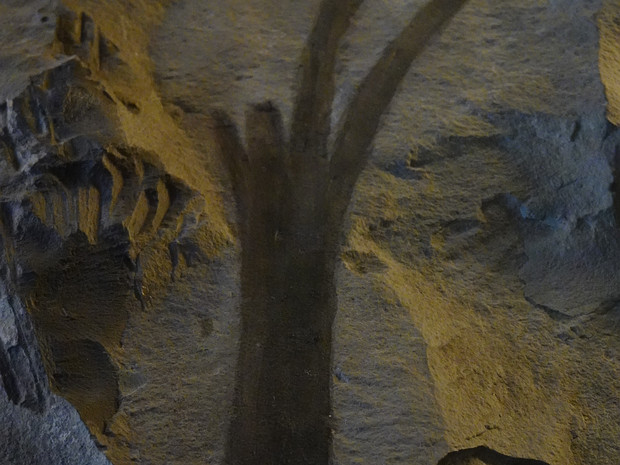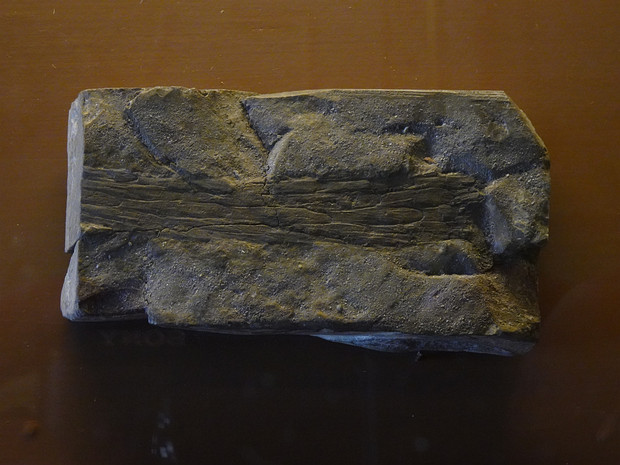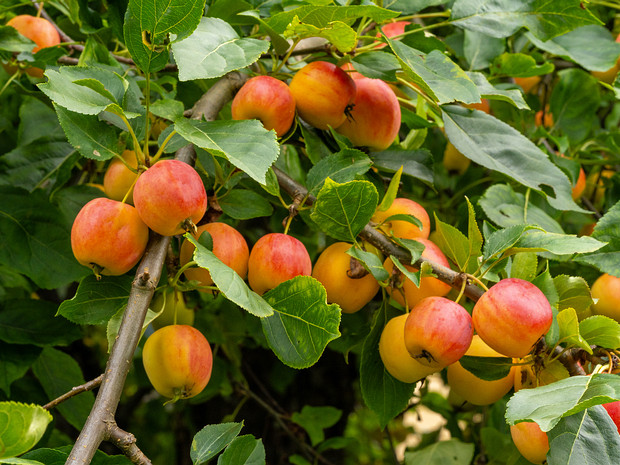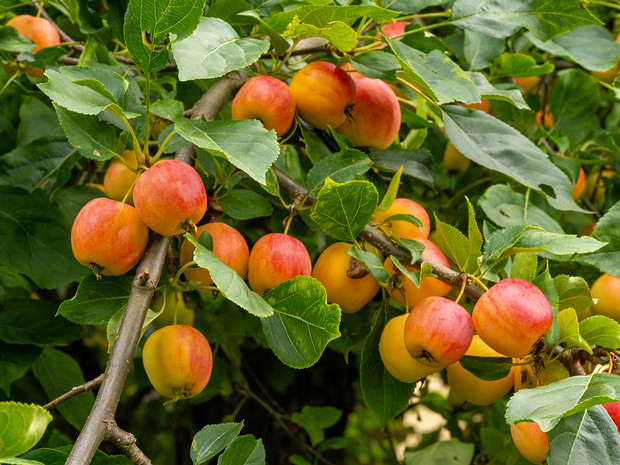
Двудольные - Dicotyledones
The dicotyledons, also known as dicots (or more rarely dicotyls), were one of the two groups into which all the flowering plants or angiosperms were formerly…
32912 images18 others
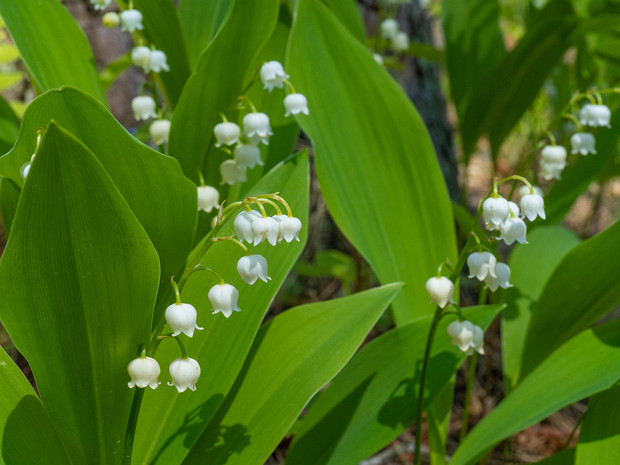
Однодольные - Monocotyledones
Monocotyledons are flowering plants (angiosperms) whose seeds typically contain only one embryonic leaf, or cotyledon. They constitute one of the major groups…
5724 images2 others
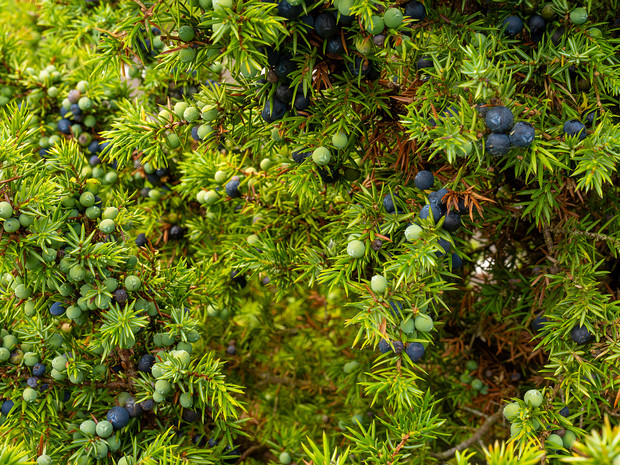
Хвойные - Pinopsida
The Pinophyta, also known as Coniferophyta or Coniferae, or commonly as conifers, are a division of vascular land plants containing a single class, Pinopsida.…
961 images
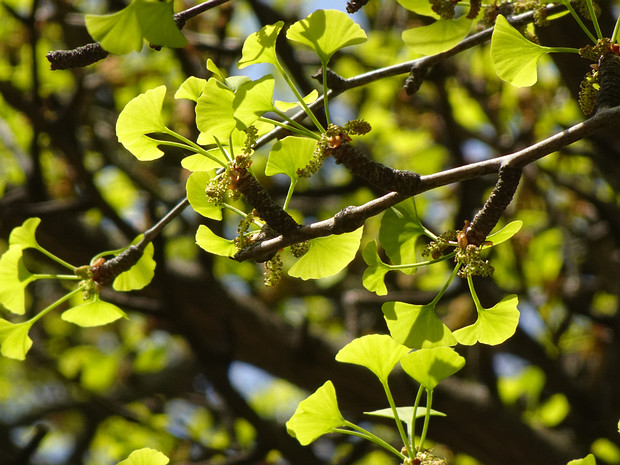
Гинкговые - Ginkgoopsida
Ginkgoales or Ginkgophyte is a gymnosperm order containing only one extant species: Ginkgo biloba, the ginkgo tree. It is monotypic, (the only taxon) within the…
22 images

Саговниковидные - Cycadopsida
Cycads are seed plants with a long fossil history that were formerly more abundant and more diverse than they are today. They typically have a stout and woody…
15 images
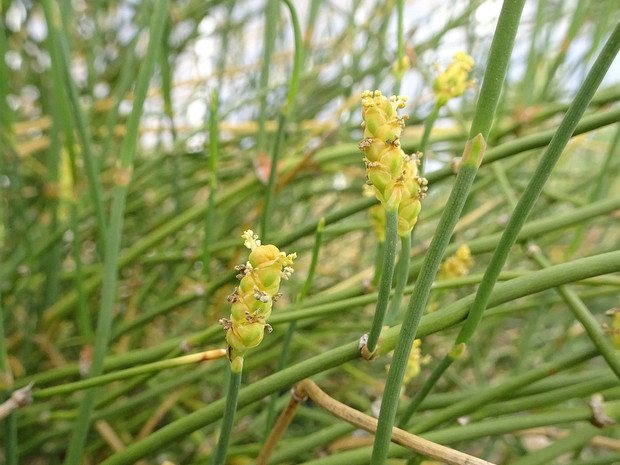
Гнетовые - Gnetopsida
Gnetophyta is a division of plants, grouped within the gymnosperms (which also includes conifers, cycads, and ginkgos), that consists of some 70 species across…
18 images
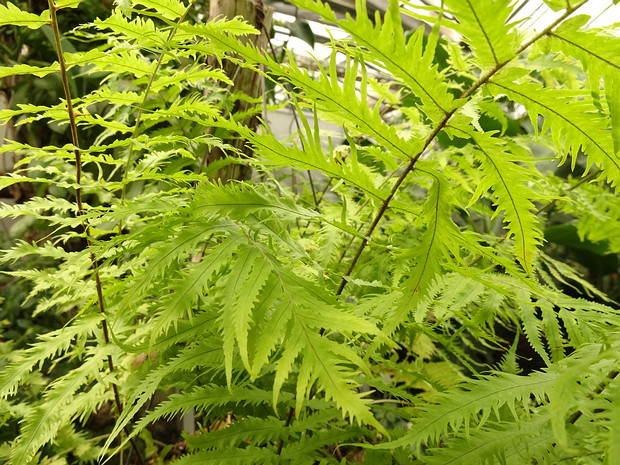
Папоротниковые - Polypodiopsida
Leptosporangiate ferns are the largest group of living ferns, including some 11000 species worldwide. They constitute the subclass Polypodiidae, but are often…
288 images

Псилотовые - Psilotopsida
Psilotopsida is a class of ferns or fern-like plants, considered to be one of the three classes of eusporangiate ferns. It should not be confused with the…
41 images

Хвощёвые - Equisetopsida
Equisetopsida, or Sphenopsida, is a class of vascular plants with a fossil record going back to the Devonian. They are commonly known as horsetails. Living…
122 images
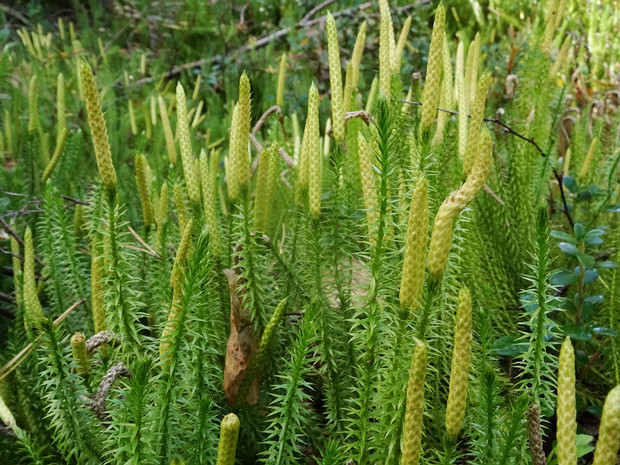
Плауновые - Lycopodiopsida
Lycopodiopsida is a class of herbaceous vascular plants known as the clubmosses and firmosses. They have dichotomously branching stems bearing simple leaves…
42 images
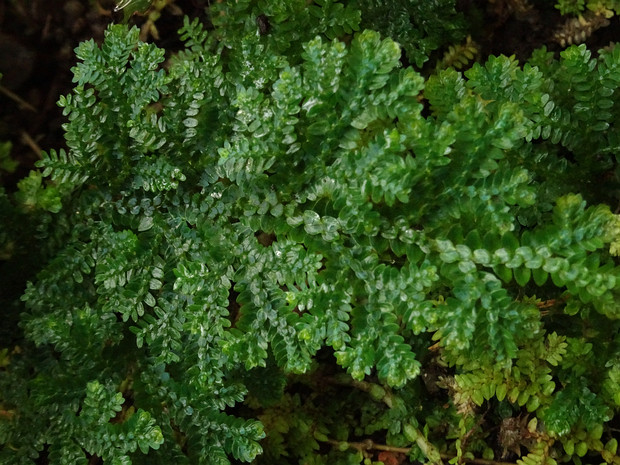
Полушниковые - Isoëtopsida
The Isoetopsida is a class of Lycopodiophyta. All extant species belong to the genus Selaginella in the order Selaginellales or to the genus Isoetes in the…
6 images
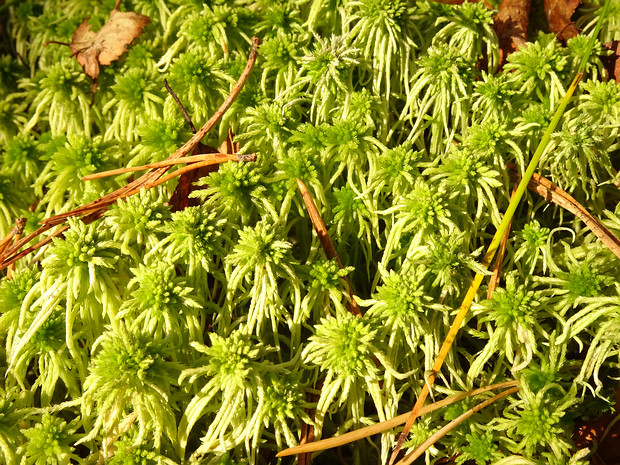
Сфагновые мхи - Sphagnopsida
The Sphagnopsida includes a single subclass Sphagnidae, with two orders. The order Sphagnales contains four living genera: Sphagnum, with all but three of the…
11 images
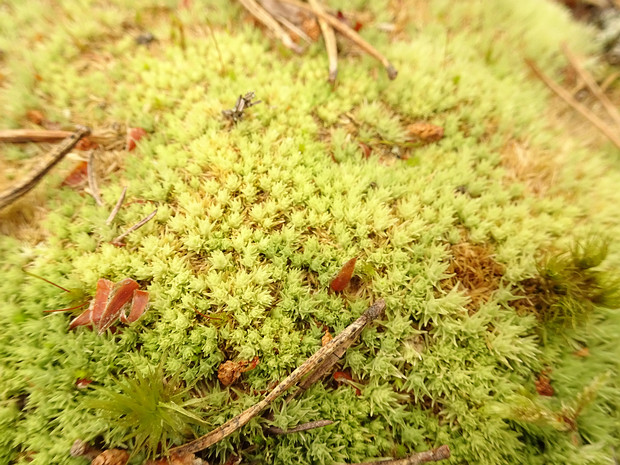
Листостебельные мхи - Bryopsida
The Bryopsida constitute the largest class of mosses, containing 95% of all moss species. It consists of approximately 11,500 species, common throughout the…
22 images
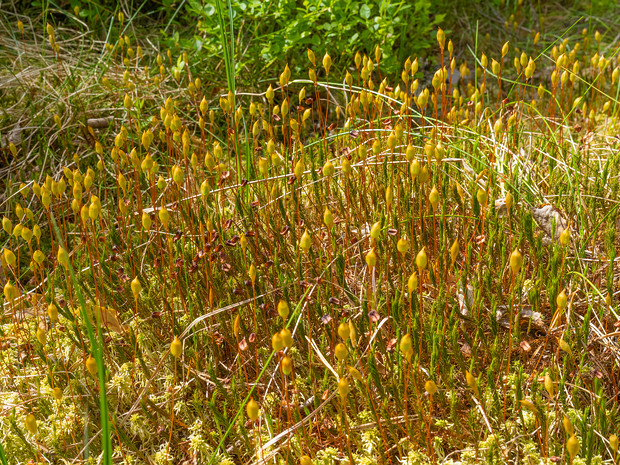
Политриховые мхи - Polytrichopsida
The Polytrichaceae also known as "Aloe Moss" is a common family of mosses. Members of this family tend to be larger than other mosses with a thickened central…
11 images

Маршанциевые мхи - Marchantiopsida
Marchantiopsida is a one of three classes within the liverwort phylum Marchantiophyta.
26 images
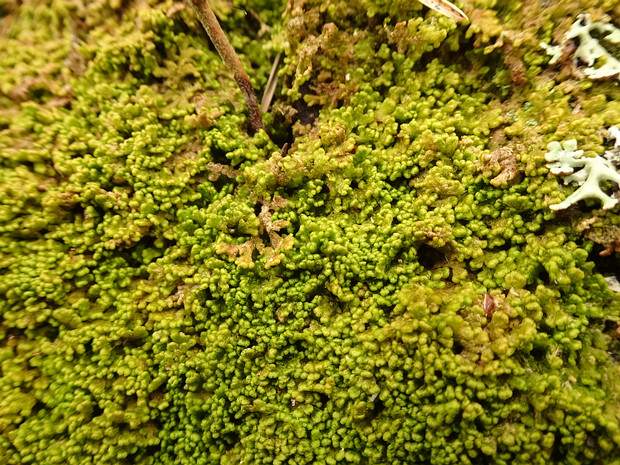
Юнгерманниевые мхи - Jungermanniopsida
Jungermanniopsida is the largest of three classes within the division Marchantiophyta (liverworts).
7 images
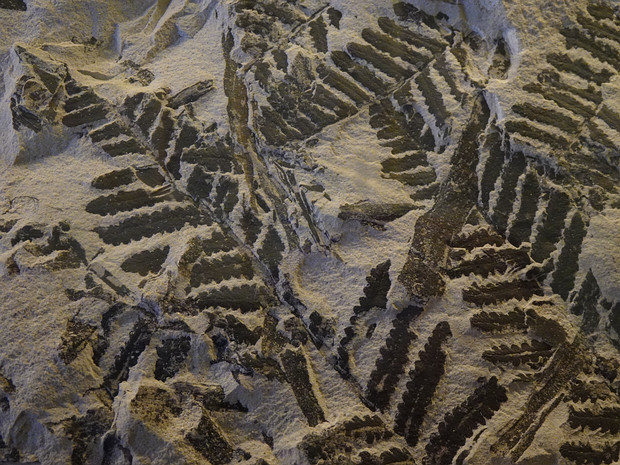
Мараттиевые - Marattiopsida
28 images
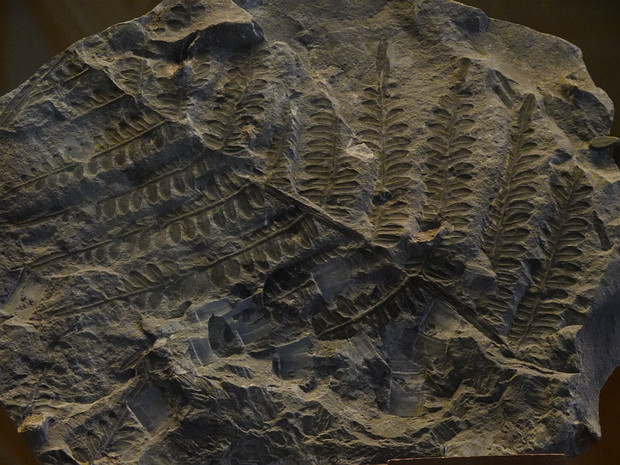
†Пахитестовые - †Pachytestopsida
8 images
